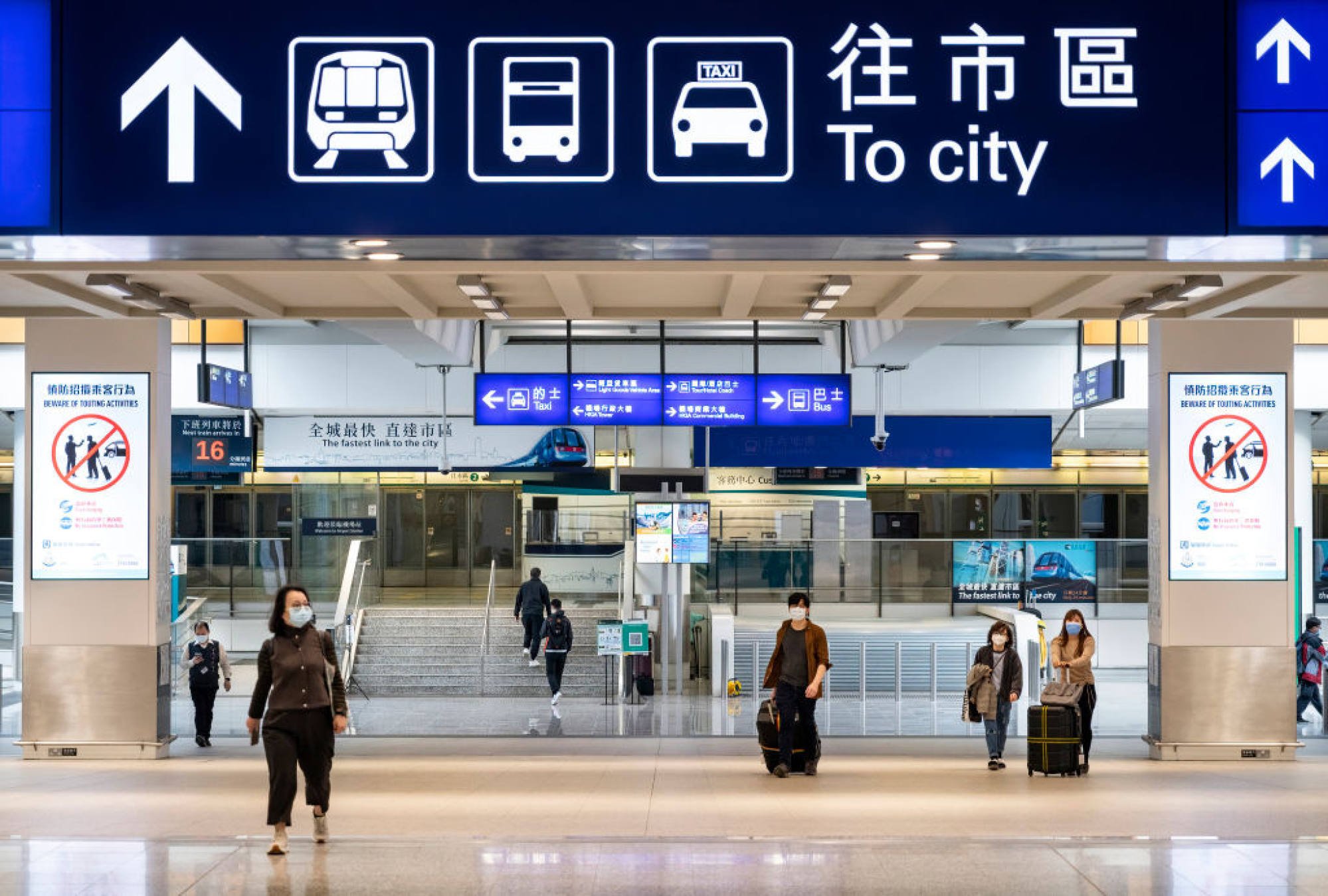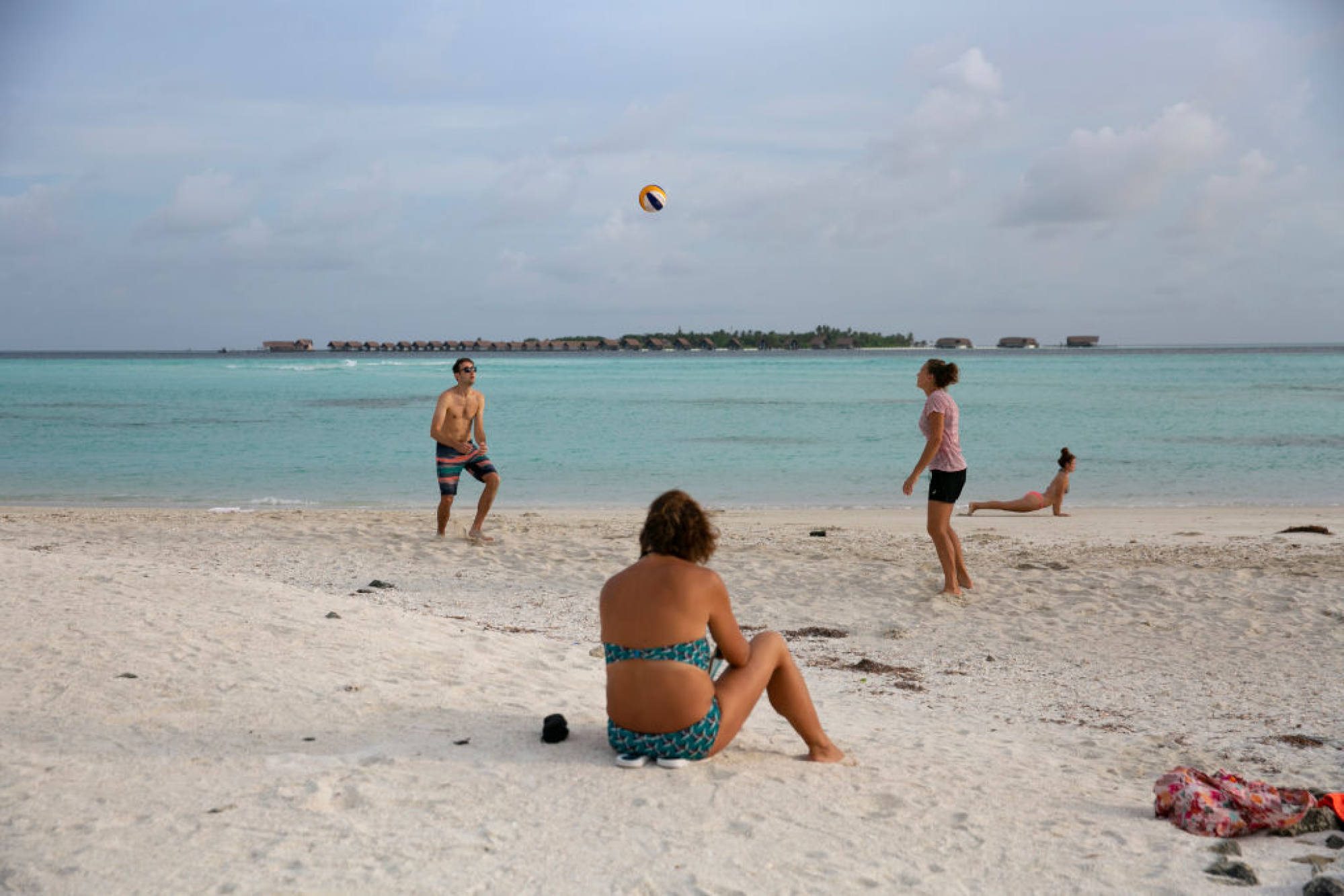
Asia-Pacific’s winners and losers as tourists satisfy pent-up demand for travel
- The tourism industry is talking up the prospects of travel rebounding to exceed pre-pandemic levels. Some places are more ready than others to receive visitors
- In Asia-Pacific four countries are ahead of the pack, with Hong Kong in last place. Entry restrictions will be among the biggest factors, one analysis finds
“The pent-up demand for travel”. It’s a phrase we’re hearing more and more in reference to the expected – and in some places unfolding – rush back to pre-Covid patterns of travel and tourism.
The prevailing view is that the recovery in the travel sector will continue apace even though, in the words of the United Nations World Tourism Organisation, “the Russian invasion of Ukraine adds pressure to existing economic uncertainties, coupled with many Covid-related travel restrictions still in place”.
Even rising oil costs and the increasing understanding of the damage we do to the climate are surmountable in the rush to regain, or even surpass, 2019 levels of fun and frolics.

Other articles warn that “Pent-up travel demand could lead to holiday headaches”, citing problems associated with large numbers of people suddenly wishing to make use of travel infrastructure that has been degraded during the Covid-19 shutdowns.
Although its restrictions pre-date Covid-19, Boracay had a taste of this much discussed pent-up demand over Easter, according to Bloomberg.
“The white-sand Philippine island of Boracay hosted more tourists than allowed during the Easter break, highlighting challenges in keeping Covid-19 at bay and preserving environmental gains while indulging people’s pent-up demand for travel,” reports the news wire.
“Boracay, cited by Condé Nast Traveler as among the world’s best islands for beaches, hosted more than 21,000 tourists on April 14 and 15, above the recommended daily threshold of 19,215, government data showed.”
A spectacular sight on Bali’s west coast – but first you must pass Skull Track
The threat to Boracay is that it could again become a “cesspool”, as Duterte described the island, but other places will struggle with the return of tourists for a variety of reasons, one of the main being the fact that so many people have left the tourism industry during the shutdowns.
According to data recently published by the Statista Research Department, 62 million jobs in tourism and travel were lost in 2020 alone, with Asia-Pacific the worst affected; about 34.1 million left the industry in that region in that year.
Nevertheless, the optimists at the World Travel and Tourism Council (WTTC), which held its 21st Global Summit – theme: “Rediscovering Travel” – in Manila between April 20 and 22, forecast that both GDP and employment in the industry will reach pre-pandemic levels “by next year”.
WTTC president and CEO Julia Simpson said in her opening speech, “Over the next decade, travel and tourism will create 126 million new jobs worldwide. In fact, one in three of every new job created will be related to our sector.”
That’s all well and good, but some destinations (cough, Hong Kong) will take longer to get their tourism legs back than others.

According to the Economist Intelligence Unit’s (EIU) Asia Travel-ready index 2022, “Hong Kong has the worst prospects [among the 28 Asia-Pacific countries and territories assessed] due to its restrictive border policies.”
The index rates prospects for a tourism recovery by considering three factors that might sway the decisions of international travellers: vaccination coverage in the destination; the ease of travelling to the destination; and the convenience of returning home.
“The top performers in the ATR Index, including Fiji, the Maldives and Sri Lanka, have eased their visa and entry restrictions since 2021 or earlier,” says the report. “A combination of broader and more effective vaccination coverage and greater reliance on tourism have lent themselves to less restrictive travel policies.”

Those destinations that opened to tourists earlier are best placed to capitalise on the vast outpouring of pent-up demand; it’s stating the obvious, really.
Meanwhile, says the report, “Northeast Asian economies, which are less reliant on tourism, have been slower to reopen.
We didn’t need a fancy report to tell us that, did we!
The sacred and the naked
He missed Easter by a few days, but JC, a “fearless child of God”, has risen. Up Mount Batur. Where he stripped naked and filmed himself dancing.

“When you strip naked without shame and be seen, you become a fearless child of God,” runs a caption on the video, which the nude dude apparently uploaded to his Instagram account.
Too bad you also become a figure of loathing to those who respect Bali’s people and culture.

